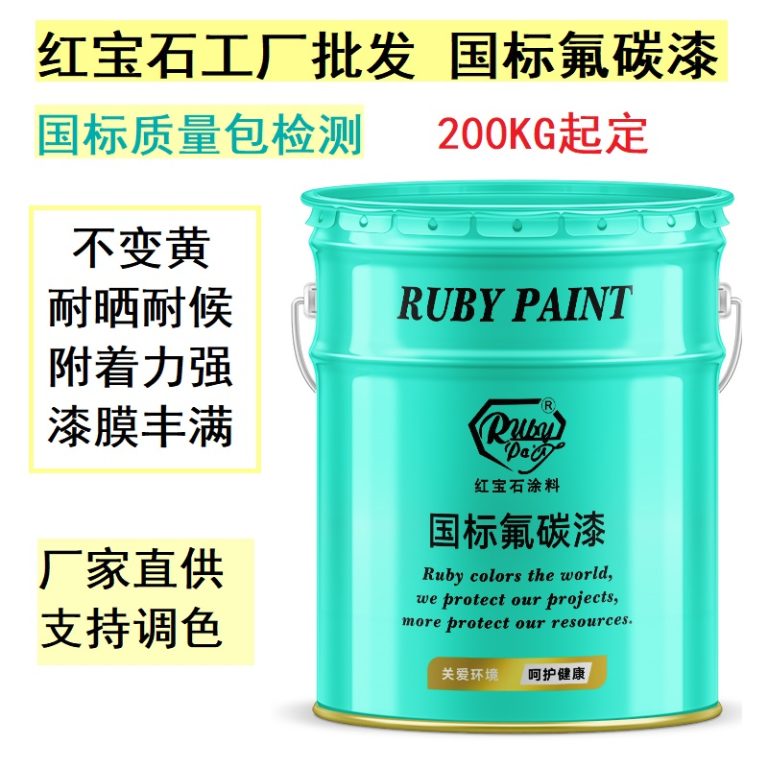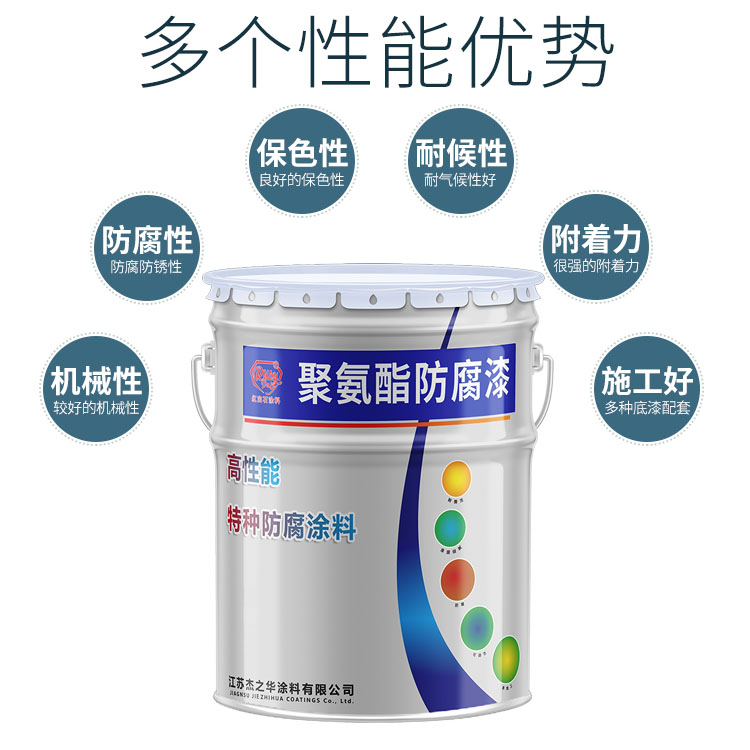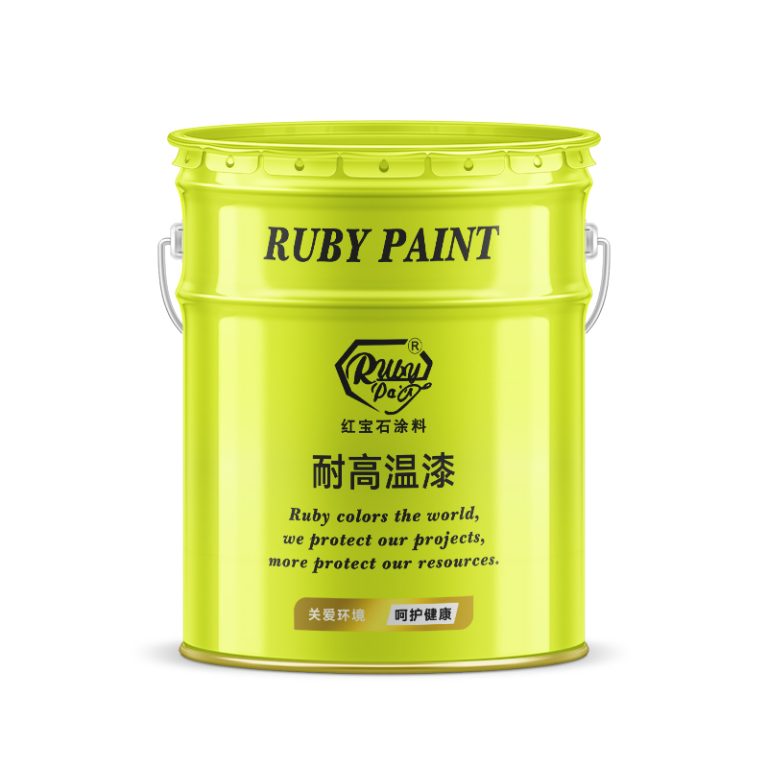Table of Contents
Benefits Of Using High-Quality Ocean Marine Paint
Ocean marine paint is an essential component in maintaining the integrity and appearance of boats and other marine vessels. High-quality ocean marine paint offers a multitude of benefits that not only protect the vessel but also enhance its performance and longevity. Understanding these advantages can help boat owners make informed decisions when selecting the right paint for their marine needs.
One of the primary benefits of using high-quality ocean marine paint is its superior durability. Marine environments are harsh, with constant exposure to saltwater, UV rays, and fluctuating temperatures. These conditions can quickly degrade lower-quality paints, leading to peeling, cracking, and fading. High-quality marine paints, however, are specifically formulated to withstand these tough conditions. They contain UV inhibitors and corrosion-resistant properties that protect the vessel’s surface from sun damage and rust, ensuring that the paint job lasts longer and the boat continues to look its best.
Furthermore, high-quality ocean marine paint provides excellent adhesion to the boat’s surface. This is crucial because good adhesion prevents water from seeping underneath the paint, which can cause wood rot or corrosion in metal boats. The strong bond formed by high-quality paint also means fewer touch-ups are needed over time, saving boat owners both time and money in maintenance costs.
Another significant advantage of using high-quality ocean marine paint is its ability to improve a vessel’s performance. Some marine paints are designed with hydrodynamic efficiency in mind, featuring smooth finishes that reduce drag in the water. This can lead to increased speed and better fuel efficiency, allowing boat owners to enjoy a more cost-effective and environmentally friendly boating experience. Additionally, certain high-quality paints have anti-fouling properties that prevent the growth of barnacles, algae, and other marine organisms on the hull. This not only keeps the boat’s underside clean but also further enhances its performance and fuel efficiency.
Safety is another aspect where high-quality ocean marine paint shines. Boats painted with high-quality products are more visible in the water, thanks to the bright and long-lasting colors available. This visibility is crucial for avoiding collisions and ensuring the safety of everyone on board. Moreover, some marine paints are formulated with non-skid properties, providing better traction on deck and reducing the risk of slips and falls, especially in wet conditions.
Lastly, investing in high-quality ocean marine paint is an environmentally responsible choice. Many top-tier marine paints are now formulated with low or no volatile organic compounds (VOCs), making them safer for the environment. These eco-friendly paints help reduce air and water pollution, aligning with the growing trend of environmental sustainability in the boating industry.
Latest Trends In Ocean Marine Paint Technology
Ocean marine paint technology has seen significant advancements in recent years, driven by the need to protect vessels from harsh marine environments and to comply with increasingly stringent environmental regulations. These innovations not only enhance the durability and performance of marine coatings but also contribute to the sustainability of maritime operations.
| Nr. | Article Name |
| 1 | Fluoracarbon middle paint |
One of the latest trends in ocean marine paint technology is the development of eco-friendly antifouling paints. Traditional antifouling paints often contain harmful biocides that prevent the growth of barnacles, algae, and other marine organisms on the hull of a ship. However, these substances can leach into the water, causing damage to marine ecosystems. In response to this issue, researchers have been working on alternative solutions that are less harmful to the environment. For example, some of the newer antifouling paints use natural enzymes or advanced biocide-free materials that effectively deter marine growth without negatively impacting aquatic life.
Another significant advancement in ocean marine paint technology is the introduction of foul-release coatings. Unlike antifouling paints that kill or prevent organisms from attaching to the hull, foul-release coatings create a slick surface that makes it difficult for organisms to adhere. These coatings are typically made from silicone or other low surface energy materials, which reduce drag and improve fuel efficiency. This not only helps in cutting down operational costs for vessel owners but also reduces greenhouse gas emissions, aligning with global efforts to combat climate change.
In addition to environmental considerations, durability and maintenance are key factors driving innovations in ocean marine paint technology. The latest high-performance marine coatings are designed to withstand extreme conditions such as UV radiation, saltwater corrosion, and mechanical abrasions. These coatings often incorporate advanced polymer technologies and nano-materials that provide superior protection and extend the lifespan of the paint. As a result, ships require less frequent dry-docking for maintenance, leading to reduced downtime and lower maintenance costs.

Furthermore, the digital revolution has made its way into ocean marine paint technology through the integration of smart coatings. These innovative coatings are equipped with sensors that can monitor the condition of the paint and the hull in real-time. They can detect early signs of corrosion or damage, enabling timely maintenance before more serious issues arise. This predictive maintenance approach not only helps in prolonging the life of the vessel but also ensures safety and reliability in maritime operations.
Lastly, color retention and aesthetics play an important role in ocean marine paint technology. Ship owners and operators seek coatings that can maintain their color and gloss over time, despite constant exposure to harsh marine elements. To address this demand, paint manufacturers have developed UV-resistant coatings that prevent fading and discoloration. These coatings use high-quality pigments and UV absorbers to ensure that ships continue to look vibrant and visually appealing throughout their service life.
| Number | Name |
| 1 | Fluoracarbon primer paint |
In conclusion, the latest trends in ocean marine paint technology reflect a holistic approach that balances performance, durability, aesthetics, and environmental sustainability. As the maritime industry continues to evolve, it is likely that we will see further innovations that push the boundaries of what marine coatings can achieve, ensuring better protection for vessels and a healthier marine environment.





